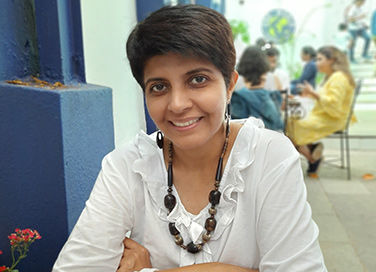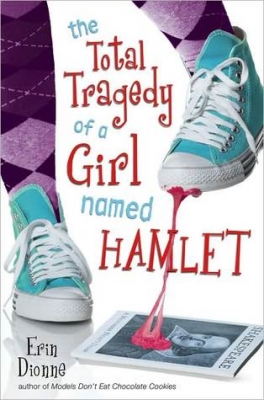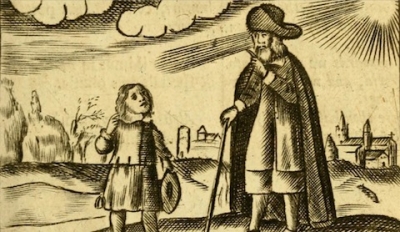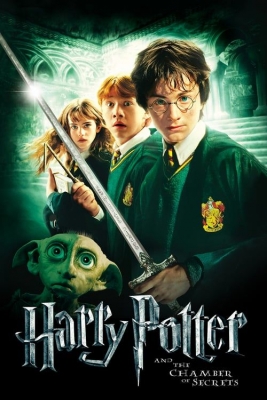
During the recent coronavirus lockdown, friendships, were tested. Locked up in our homes, we couldn’t meet our friends for months. Daily chats, gossip sessions, and even birthdays moved online. Video calls and phone calls continued to strengthen the bonds. Friendship overcame the walls put up by the pandemic, and that’s exactly what author Harshikaa Udasi’s new book. “Friends Behind Walls” is all about.
Set in the sleepy town of Deolali, close to Nashik in Maharashtra, it is a story of two children, Inu and Putti who form an unlikely friendship despite the animosity between their families.
Putti, a city-bred boy, is excited to spend his summer vacation in Deolali. But he soon finds out that the town doesn’t have any kids of his age to play with, except Inu. But his parents forbid him from even talking to Inu because of a long-standing feud between their families.
Not wanting to give up on their newly formed friendship, the duo decide to solve the mystery behind their family feud. On their quest, they are helped by Mr. Om Namaha and Dr. Solanki. But Inu and Putti have to visit the fearsome Tekdichi Mhatari, who lives up the hill to find answers!
What inspired the book
When Udasi visited Deolali for the first time 15 years ago, she was struck by how deserted the place looked – there were no children to be seen anywhere. “There are many sanitariums in Deolali, so a lot of elderly people stay here because it is beautiful and green, but there were hardly any children,” says Udasi, who now has a second home in Deolali.
One day, she observed that a couple of children in her neighbourhood had actually made a hole in the wall between their houses so that they could talk to each other. “These two would use the hole to sneak into each other’s houses. And so I imagined what it would be like if the kids were doing this because the families were at loggerheads with each other,” says Udasi.
In fact, she had a similar experience when she was growing up. “There was a family which never got along with my family so I never got a chance to be friends with their kids,” she adds. “So I put the two concepts together and come up with the book.”
The message of bonhomie
“Friends Behind Walls” explores why its important to preserve the bond of friendship and not fight over trivial things. “Friendships born in childhood are really the biggest bond one can have,” says Udasi.
The book begins with a striking sentence, “There should be a big giant eraser for all our past wrongs.” Udasi credits her 10-year-old son Krishang for coming up with this line when they were having a discussion on the Citizenship Amendment Act. “I was talking to my son about the conflicts between different religions and ethnicities when he said that this is all so complicated, I wish there was a giant eraser for our past,” says Udasi.
Know the author
Harshikaa Udasi is a journalist and author from Mumbai. She forayed into children’s writing after spending 19 years in journalism. Her first children’s book “Kittu’s Very Mad Day”, published in July 2017, is the story of a 10-year-old physically challenged boy who is accidentally left behind by his family in Madhya Pradesh. He comes across a skate park and learns to skate and face his fears. It won the prestigious 2018 FICCI Publishing Award for Best English Children’s Book and was shortlisted for the MAMI Word to Screen 2017.
She also runs a reading club, “The Book Trotters” to encourage children to think creatively and independently. During the lockdown, the club meets online.
Popular works
“I Absolutely Totally Instantly Have to Have A Dog” and “Kittu’s Very Mad Day”. She has contributed short stories to “On Your Marks: The Book of Crazy Exam Stories” and “Flipped: Adventure Stories Gost Stories.”
Picture Credit : Google






